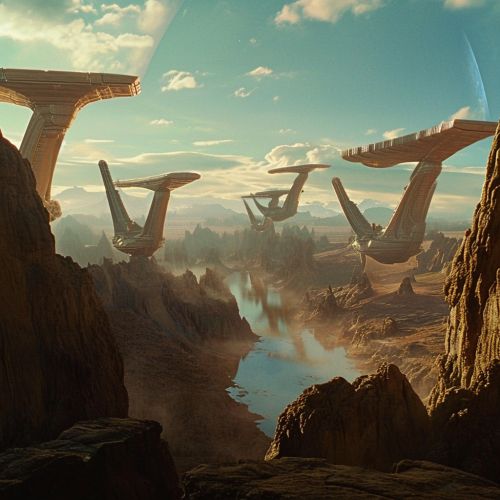Visual effects
Overview
Visual effects (often abbreviated as VFX) is the term used to describe any imagery created, altered, or enhanced for a film or other moving media that cannot be accomplished during live-action shooting. In other words, much of the art of visual effects takes place in post-production, after primary image capture is complete. Visual effects can be added to live-action, captured through techniques such as matte painting, scale models, and computer-generated imagery (CGI), or they can be created separately from the film and integrated in post-production.


History
The history of visual effects is a long and varied one, as the field has constantly evolved to meet the demands of filmmakers and audiences alike. The first visual effects were created in-camera and were a result of the film's exposure to light. This was followed by the development of optical printers, which allowed for the combination of different pieces of film. This was a major breakthrough, as it allowed for the creation of complex visual effects sequences.
Techniques
There are many techniques used in the creation of visual effects. These can be broadly categorized into two types: practical effects and digital effects.
Practical Effects
Practical effects are those that are physically created and filmed. This can include the use of miniature models, animatronics, and pyrotechnics. These effects are often used in conjunction with digital effects to create a more realistic final product.
Digital Effects
Digital effects are created using computer software and can be divided into two main types: 2D and 3D. 2D effects are often used for image manipulation and compositing, while 3D effects are used for creating characters, props, and environments.
Industry
The visual effects industry is a global one, with major companies located in the United States, Canada, the United Kingdom, Australia, New Zealand, and India. These companies range from small boutique shops to large multinational corporations. The industry is highly competitive, with companies constantly striving to create more realistic and complex visual effects.
Future
The future of visual effects is closely tied to the development of technology. As computer processing power increases, so too does the potential for more realistic and complex visual effects. Additionally, the advent of virtual reality and augmented reality technologies opens up new possibilities for visual effects.
